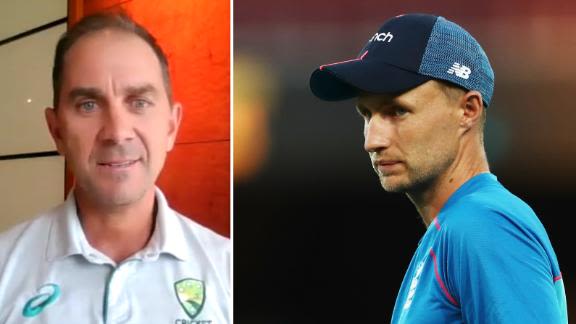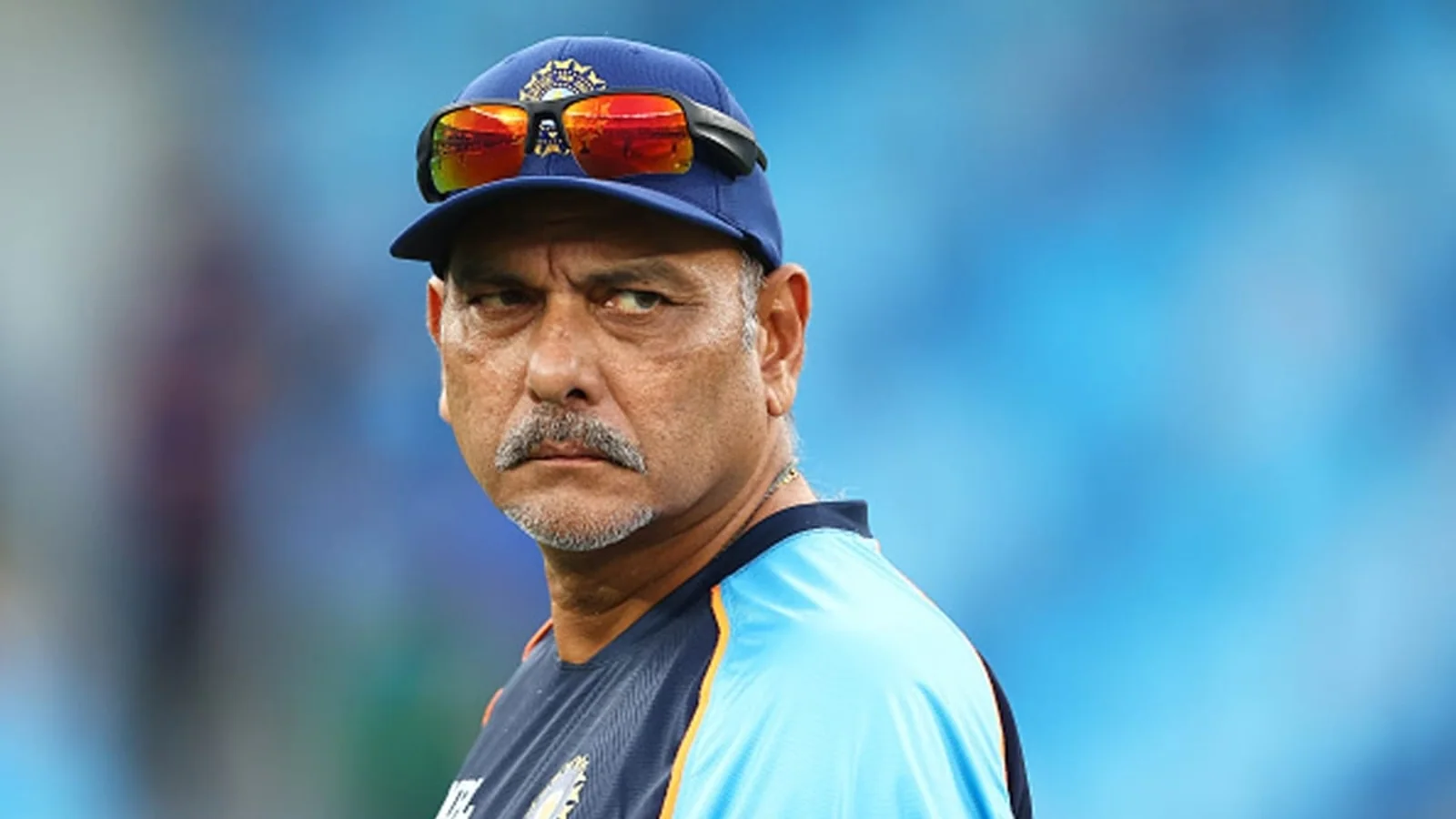There has been growing talk about having a two tier Test system. Does it make sense? Is it viable? Will it sustain interest in the game? Will lesser teams benefit from such a system? Can the game itself survive a two tier Test system? Are some boards greedy for more money? Well, there are lots and lots of questions and no clear answer. According to the Australian newspaper, The Age, the ICC is already considering a two tier system with India, Australia, England, South Africa, Sri Lanka, Pakistan and New Zealand will form tier 1 whereas, West Indies, Bangladesh, Afghanistan, Ireland and Zimbabwe will form tier 2. The report does not mention whether promotion and relegation is being considered by the ICC. It is said that the new ICC chairman, Jay Shah, is at the forefront of this change.
There are takers for this change. Most notably, Michael Vaughan and Ravi Shastri. Former England captain Michael Vaughan posted on X, external saying it “has to happen” while former India coach Ravi Shastri told SEN Radio “the best playing the best is needed for Test cricket to survive”.
It is not a secret that Test cricket is in the deathbed. Outside of India, Australia and England, people hardly watch Test cricket in other countries. They may follow the game on social media and probably just the scores on websites like espncricinfo.com. It is of no consequence either to the home board or to the ICC. These do not generate the kind of revenue that is needed to sustain the game for a very longtime. Test cricket is in dire need of new idea and a new direction. Eventhen, one can only hope that it will survive.
Test cricket must sustain itself. It cannot depend on its younger siblings for support.
Lots and lots of leagues
The mushrooming of T20 leagues throughout the world, with little known UAE too joining the bandwagon, more and more players are forced to shun their central contracts. New Zealand is the worst affected with a lot of players choosing to become freelancers. From the players perspective, they have got to do what they have to do to sustain a living and to take care of a family. Already, we have witnessed a great reduction in the number of ODIs. There were years when India used to participate in more than 35 ODIs in a year. Same with Australia, England and so many other nations. In 2023 & 2024, the teams did not participate in more than 15 games. T20s saw a gradual increase but it is the leagues that grabbed most of the limelight.
Players throughout the world flocked to these leagues. The UAE T10 allows as many as 9 foreign players per team and the pay is also quite healthy. I can also foresee Saudi Arabia entering into the fray in the near future. UAE atleast has a semblance of a cricket team. Saudi Arabia does not have any and they may very well allow all the 11 players to be foreigners. Going by the yardstick of Messi, though the cricketers are unlikely to be paid that exorbitant fees, they will still be adequately compensated. In most case, more than their boards can manage.
Promotion and relegation
One school of thought is to promote the concept of promotion and relegation whereby the bottom placed teams and the top placed teams in both the groups will swap their spots. This will the likes of Afghanistan and Ireland to move up the ladder. However, the question is, what will be the frequency of such movement? If it is every year, you may have a scenario like in 2024, where India lost so many Tests that they would have been relegated to division 2. They will be forced to be in that group until the next cycle. Can the other boards afford for India to be relegated? Every board in division 1 depends on the money that India generates. If this is in force, India will have to be an exception. Whatever happens, India will never be relegated. Will the other boards and players accept this? Highly unlikely.
Will a two tier system increase interest?
Yes and no. There will be a lot more games between the top teams. England, Australia and India will want to play more Tests amongst themselves. It will be exciting initially but the novelty will wear off eventually. The teams will be sick of each other and so will the players be. The spectators will become so wary that wins and losses will not matter. Having 7 teams in Division 1 will allay some of that but India do not play Pakistan for obvious reasons. Having said that, I for one, do not know whether it is good or bad for the game but it is an idea that is worth trying.
Opposition to the idea
“A two-tier system makes sense, but space must be made for top nations to tour those in the lower bracket, or smaller nations will disappear,” warned West Indies fast-bowling legend Michael Holding.
I think it will be terrible for all those countries who worked so hard to achieve Test status. Now they’ll be relegated to playing among themselves in the lower section. How will they reach the top? (Only) by playing against better teams,” said Clive Lloyd.
Every critique must understand that cricket in general and Test cricket in particular is and will never be a mass nation sport. It is a complicated game that most of the world will not want to understand. In this day and age, not many have the time to sit through hours and hours just for a game. This is the case even in the established countries. What chances does the game have in new countries? The best case scenario is to restrict the number of teams to about 14 and be done with it.
Wrapping up two tier Test system
Though it is a novel idea, serious thought must be put into it before embarking on an unknown destination.



